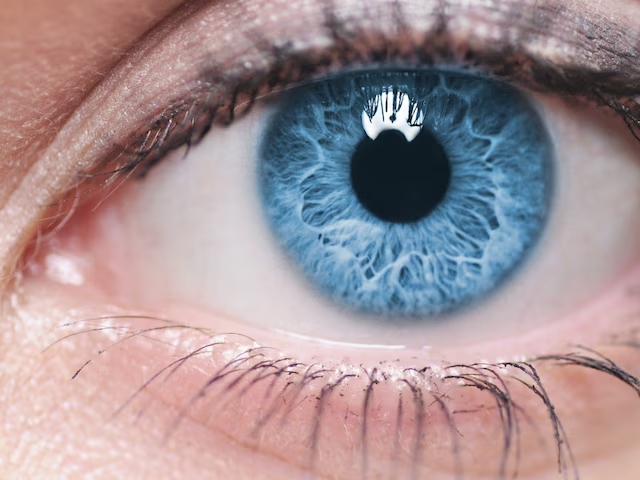In a visually demanding world, ensuring good eye health for children is essential for their overall development and future success. India, home to 9.3 million visually impaired and 270,000 blind children, faces a significant public health challenge. Shockingly, more than 75% of these cases are preventable or treatable. Dr Rishi Raj Borah, Country Director, Orbis (India) highlights the urgent need to integrate eye health into school health programs to safeguard children’s vision and provide them with the best chance to thrive.
Vision and Childhood Development
Clear vision is essential for a child’s learning, social interaction, and overall development. It impacts their ability to read, write, participate in sports, and recognise social cues, directly influencing their academic performance and confidence. Untreated vision problems, such as uncorrected refractive errors (URE), can create barriers to learning and lower self-esteem, leading to frustration and behavioural issues. By addressing these challenges early through school eye health programs, children can fully engage in both academics and extracurricular activities, unlocking their full potential.
The Benefits of School Eye Health Programs
Research shows that school-based programs for detecting and treating URE are highly cost-effective. These programs extend beyond correcting refractive errors, addressing other issues such as vitamin A deficiency. Early detection of conditions like strabismus (misaligned eyes) or cataracts can also prevent long-term vision impairment, allowing for timely treatment that can transform a child’s life.
Comprehensive school eye health programs also play a critical role in educating children about eye health, helping to prevent common infections like conjunctivitis and reducing the risk of eye injuries. Furthermore, such programs should include screening for teachers as well. Educators with clear vision are better equipped to teach and engage with students, enhancing the learning environment for all.
Challenges and Opportunities
Despite their potential, many school eye health initiatives face significant challenges. Current programs are often narrow in focus and lack coordination with broader school health efforts. Many fail to involve key stakeholders, such as ministries of health and education, leading to gaps in implementation and follow-up care.
Periodic vision screening, which is vital for detecting progressive conditions like myopia, is also often neglected. Furthermore, the lack of standard guidelines for screening, referral, and follow-up has resulted in inefficiencies. A large number of children who receive spectacles don’t wear them, often due to discomfort or stigma. Educating parents, teachers, and students about the importance of wearing glasses can significantly improve adherence and overall outcomes.
Building a Comprehensive Eye Health Program
A truly effective school eye health program should be integrated into broader school health initiatives and include several key components:
- Regular Screenings and Follow-up: Periodic screenings can identify children with refractive errors or other eye conditions early. Providing affordable, comfortable spectacles and ensuring proper follow-up care are essential.
- Health Promotion and Education: Teaching children about eye health, including the prevention of vitamin A deficiency and the importance of outdoor play, can reduce future eye health issues. Children can also act as “health ambassadors,” spreading awareness in their communities.
- Teacher Screening: Ensuring that teachers also receive regular eye health checks can enhance their ability to teach and maintain a supportive classroom environment.
- Monitoring and Evaluation: To maintain high standards, continuous monitoring and evaluation are crucial. Schools must ensure that students who need glasses wear them and that referrals for further treatment are followed up effectively.Eye health is not just about vision—it’s about giving children the ability to learn, play, and interact with confidence. By incorporating eye health into school programs, we can help prevent avoidable vision problems and set children on the path to success. In this way, a focus on healthy eyes today will lead to a brighter future for generations to come.


